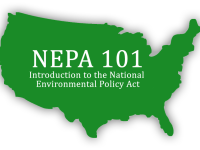If there is one area of environmental science in which GIS or Geographic Information Systems/Science is vital, it is Environmental Planning and Design. This is true whether we are looking at an urban or rural landscapes, both of which provide issues of their own with different sets of data and considerations. The role of an…
Read more
Environmental Planning, Design, and GIS







